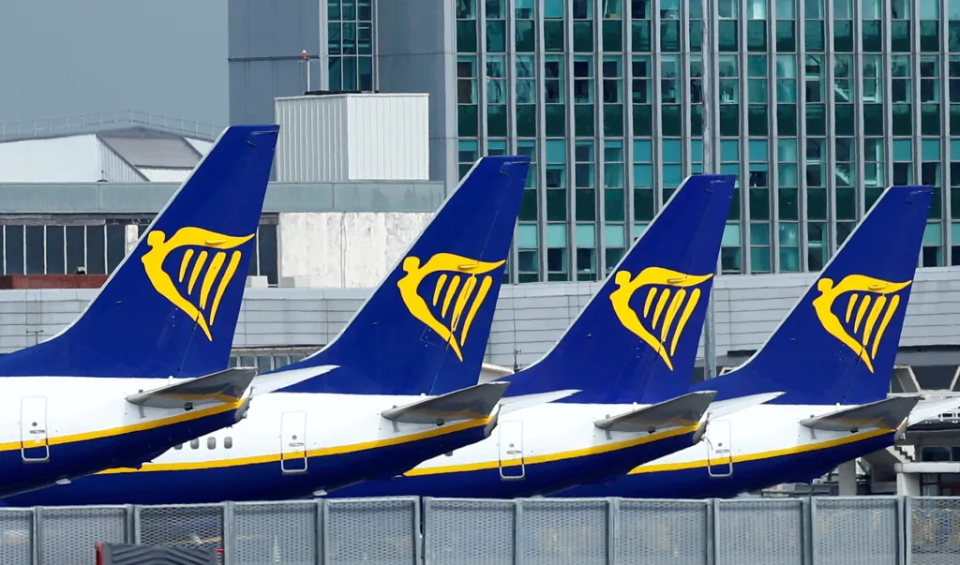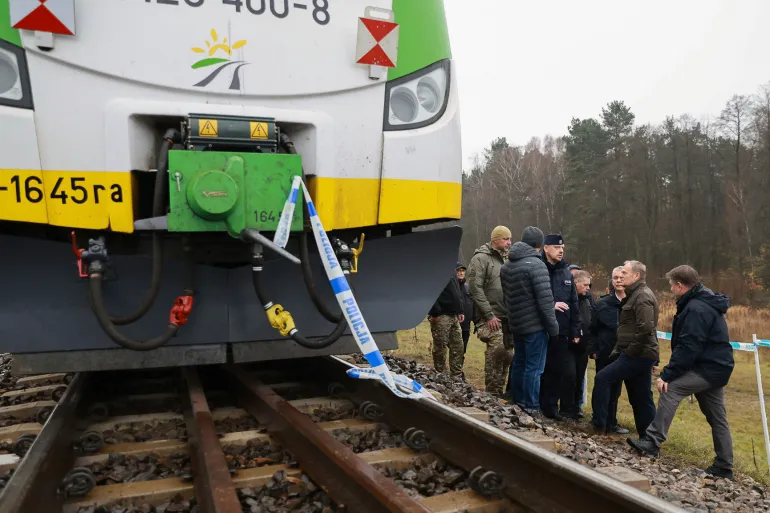Ryanair is BANNED from flying to major European airport in ‘unprecedented’ move
RYANAIR has been banned from landing some flight routes at a European airport at certain times of the week.
The Airport Coordination Netherlands [ACNL], which apportions landings Eindhoven Airport, made the decision following a slew of late arrivals on Monday and Thursday evenings.

Flights hitting the runway from Sofia, Bulgaria and Pisa in Italy both consistently arrived an average of an hour late.
The official body have since cracked the whip, removing the budget airline’s slots.
“Ryanair is the most punctual airline in Europe. We have appealed this unprecedented, irrational and disproportionate decision by ACNL to the European Commission and the Dutch courts, where we expect it will be overturned,” a Ryanair spokesperson said.
The airline have pushed back against the decision and questioned the claims made by the ACNL.
“ACNL are penalising airlines for ATC [air-traffic control] delays that push flights just 15 minutes over their scheduled arrival time which is completely out of whack with the vast majority of European airports where the threshold is much higher and more reasonable,’ the spokesperson added.
“Ryanair has long campaigned for ATC [air-traffic control] reform, but EU Commission President, Ursula von ‘Derlayed-Again’, has failed to take action.”
The Sun Online has reached out to Ryanair for comment.
GROUNDED
It comes just days after Ryanair announced they were set to scrap even more flights across Europe in 2026, and months following their decision to scratch two million seats across Spain.
Earlier this year, the budget airline said they would be cancelling all flights to three French airports – Bergerac, Brive, and Strasbourg.
However, more are set to be axed, they have confirmed, affecting passengers in summer 2026.
Chief Commercial Officer Jason McGuinness told local media: “We will be leaving several regional airports in France this summer.
“When you increase taxes by 180 per cent, it makes these airports unviable for us.”
The new taxes will see an extra €4.77 per flight ticket when it comes to short haul flights.
However, long haul flights will increase by €120 (£105).
Which airports in France will be affected is yet to be confirmed.
Ryanair added that two million seats across Spain would be being scrapped.
This affects all flights to and from Tenerife North, Vigo, Santiago Valladolid and Jerez.
Ryanair boss Michael O’Leary said at the time: “If the costs in regional Spain are too high, I will fly elsewhere.
“We are better off flying at the same cost to places such as Palma [on the island of Mallorca] than flying to Jerez.”
The airport worst affected is Vigo, as the cancellations mean there are no longer any direct UK flights.






![Prime Minister Donald Tusk visits site of the rail line Mika, that was damaged by sabotage [KPRM/AP]](https://i0.wp.com/occasionaldigest.com/wp-content/uploads/2025/11/AP25321350557950-1763474295.jpg?w=640&ssl=1)









